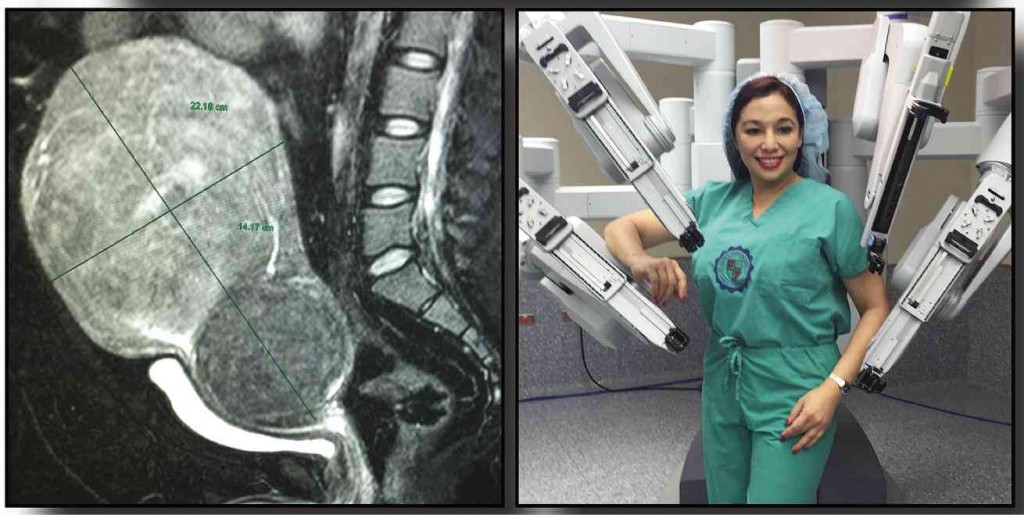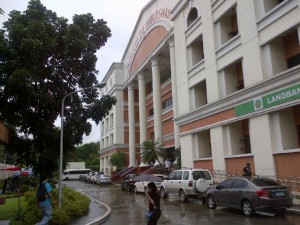
FOR the first time in the country, Singson succeeded in removing a 2.7-kilo solid uterine mass using robot made up of four interactive robotic arms equipped with high-performance vision system and patented EndoWrist instruments.
Mary Anne (not her real name) suffers from multiple myoma, noncancerous tumors located on her uterus. They have grown so big—the size of a watermelon—that they already cause pain and lots of discomforts.
Had traditional surgery been Mary Anne’s only option, she would have to endure a foot-long incision that could pose several problems.
“Mary Anne is obese and at the same time, diabetic. With an abdominal fat of about 7 cm thick, having an incision of 12 inches long may make her more prone to dehiscence (wound rupture along surgical suture), experience greater pain and have a higher risk of infection. The fact, that she will need prolonged stay at the hospital or be kept immobile for weeks (to make her wound to heal right), she may also be at risk of getting bacterial pneumonia and even develop thromboembolism (the formation of a blood clot in a blood vessel that is carried by the blood stream to plug another vessel, and is a serious health problem if it gets lodged in the lung or brain area),” explained Dr. Rebecca Singson, an obstetrics and gynecology specialist who is one of the few doctors in the country accredited to operate the da Vinci Surgical System (the only one in operation here is at the St. Luke’s Medical Center, Bonifacio Global City, Taguig).
As explained by Singson, da Vinci Surgical System is a sophisticated robotic platform designed to expand the surgeon’s capabilities and offer a state-of-the-art minimally invasive option for major surgery.
Landmark
In a landmark surgery never attempted before in the Philippines, Singson, already a pioneer in robotic surgery, succeeded in removing Mary Anne’s 2.7-kilo solid uterine mass by making incisions as small as a Band-Aid patch.
“Mary Anne went home on the third day after the operation nearly 3 kilos lighter, and hopefully happier and healthier,” she reported.
Thanks to da Vinci Surgical System, Mary Anne was spared from a foot-long wound that would have run from top to bottom of her lower abdomen.
Using da Vinci Surgical System’s four interactive robotic arms, high-performance vision system and patented EndoWrist (miniaturized wristed) instruments are inserted into small incision areas. While the patient lies on the operating table, Singson on the other hand, is seated at a separate console, viewing a magnified, high-resolution 3D image of the surgical site inside Mary Anne’s body.
“Although it is often called a ‘robot’, the da Vinci Surgical System cannot move or operate on its own as the surgeon is still 100 percent in control. However, the system enables us to be more precise in performing complex minimally invasive surgery. The system replicates the surgeon’s movements in real time and cannot be programmed, nor can it make decisions on its own to move in any way or perform any type of surgical maneuver without the surgeon’s input,” explained Singson.


